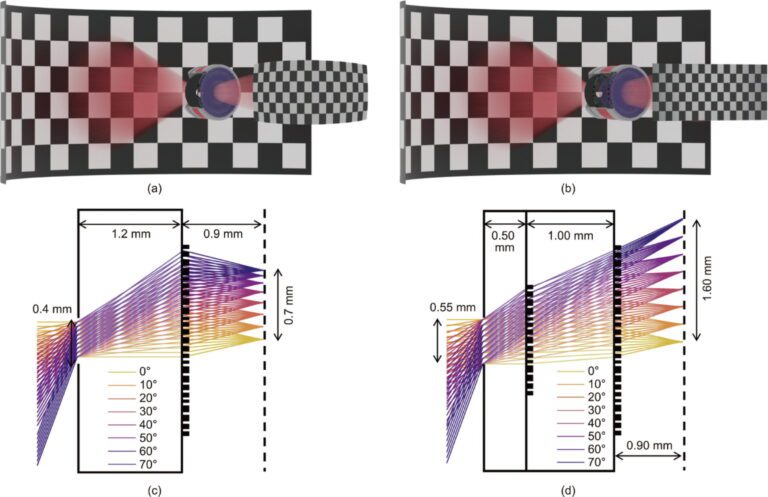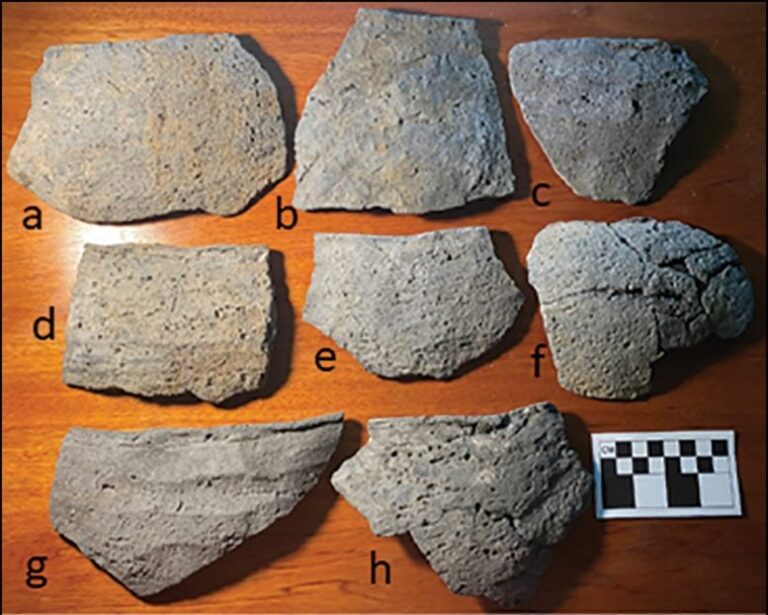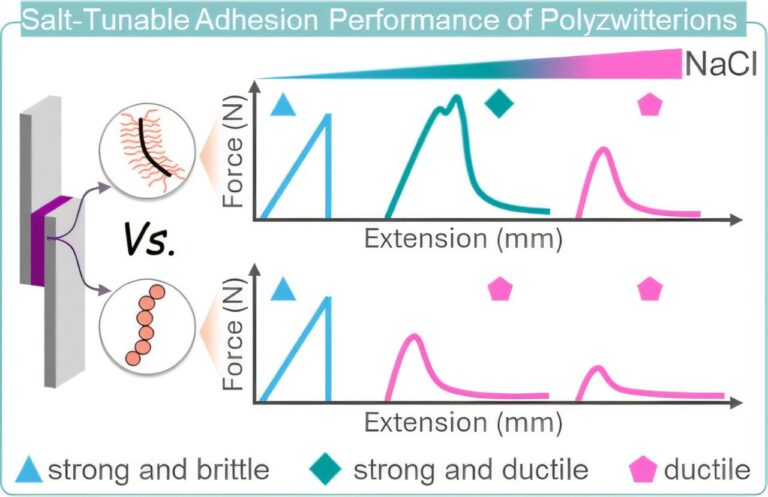

Nanodiamonds’ repertoire of applications expands constantly, including everything from ultra-fine coatings to precise drug delivery.
Now, Kyoto University and Daicel Corporation have developed nanodiamonds to detect temperatures on the nanoscale inside cells and organelles.
“The functions and activities of living cells will closely relate to the non-uniform temperature distribution and localized temperature changes within these biosystems,” notes author Norikazu Mizuochi.
Nanodiamonds with silicon-vacancy color centers, or SiV centers, are of a new generation that can detect temperature changes inside cells by gaging luminescence.
“The peak wavelength of the luminescence spectrum shifts linearly, which is mostly consistent with the spectral behavior of SiVs in bulk diamonds and shows us the possible future of all-optical nanoscale thermometry,” says the author.
Alternatively, color-center-containing nanodiamonds, especially nitrogen-vacancy centers, demonstrate high-temperature sensitivity when using laser light and microwave irradiation, and are advantageous in biological applications for their low cytotoxicity and stable luminescence.
Typically, temperature-measurable nanoparticles are larger than 100 nm—relatively massive in the nanoscale—potentially damaging cells. Mizuochi’s team, however, has succeeded in creating the smallest nanodiamond thermometry with a mean size of 20 nm, including other color centers such as NV centers. This nanoparticle enables smoother entry into organelles as well as temperature sensing to sub-kelvin precision.
“To investigate the temperature response of our polymer-coated and size-selected SiV-containing nanodiamonds, or SiV-DNDs, we used a temperature-controlled microscope to measure the luminescence spectrum of an array of SiV-DNDs,” adds Mizuochi.
Combining this technology with multi-color imaging and improving temperature sensing by optimizing the number of SiV centers per particle are part of the next stage in the research team’s development of high-precision nanodiamonds.
The research was published in Carbon.
New way to extract temperature from light emitted by a diamond defect
Masanori Fujiwara et al, All-optical nanoscale thermometry based on silicon-vacancy centers in detonation nanodiamonds, Carbon (2022). DOI: 10.1016/j.carbon.2022.06.076
Kyoto University
Citation:
Using nanodiamonds to monitor the temperature inside cells (2022, July 27)
retrieved 27 July 2022
from https://phys.org/news/2022-07-nanodiamonds-temperature-cells.html
This document is subject to copyright. Apart from any fair dealing for the purpose of private study or research, no
part may be reproduced without the written permission. The content is provided for information purposes only.





